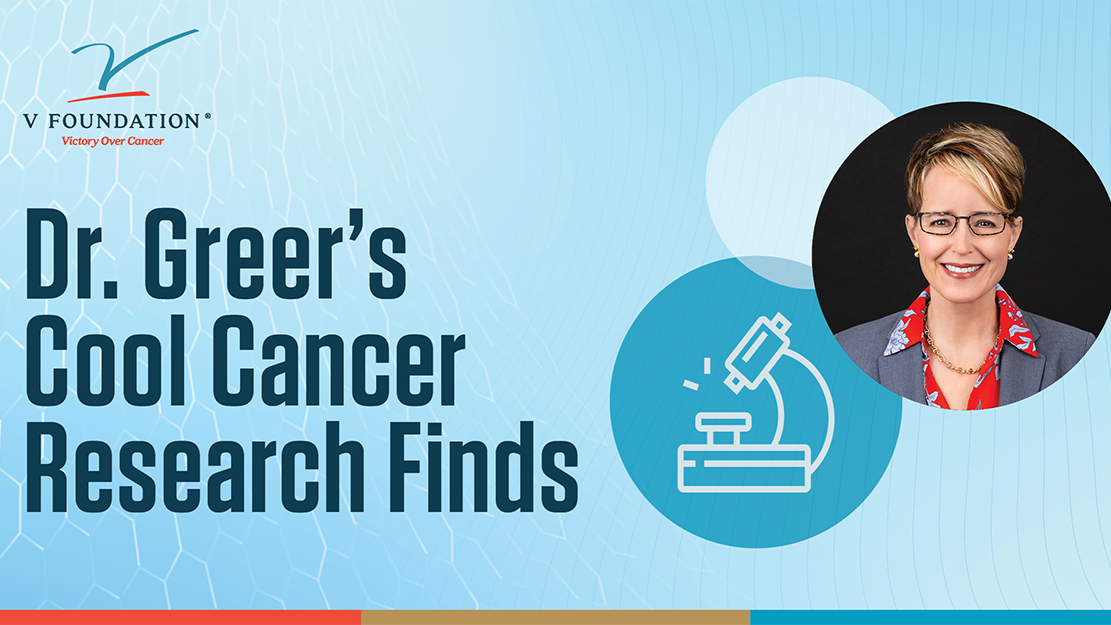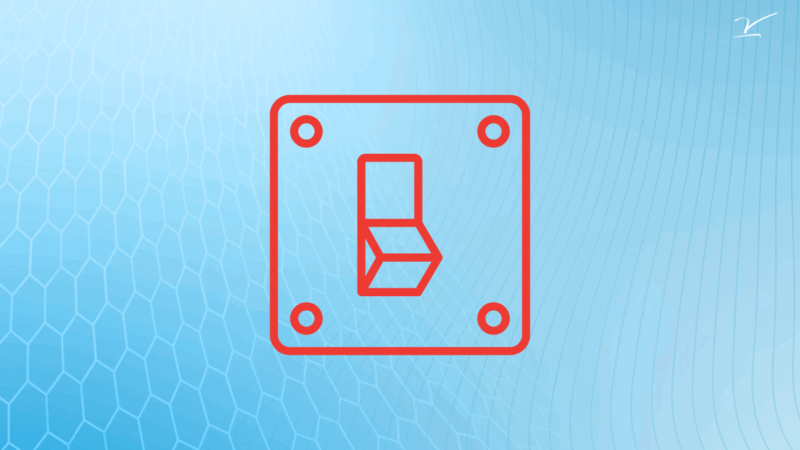
Susanna Fletcher Greer: 7 reasons why collaboration between our grantees leads to something greater for ALL patients
Susanna Fletcher Greer, Chief Scientific Officer of the V Foundation, shared a post on LinkedIn:
“Some of the hardest-to-treat cases of childhood leukemia, including Acute Lymphoblastic Leukemia, happen when a gene called KMT2A is rearranged or broken and then reattached in the wrong place. This type of leukemia is especially common in infants and has very poor survival rates, less than 35% in babies and adults, and is also dangerous for children. Treatments often don’t work well or stop working over time. So, researchers are urgently looking for new ways to treat this particularly aggressive cancer.
This research team, led by the V Foundation grantees Dr. Sarah K Tasian and Dr. Christian Hurtz from The University of Pennsylvania, Children’s Hospital of Penn and Loma Linda University, set out to find new weak spots in leukemia cells. They were looking for places where a drug could ‘hit’ the cancer and slow, or (hopefully), stop its growth. The team used a powerful tool (CRISPR) to scan hundreds of potential targets across the cancer’s DNA, specifically focusing on enzymes called kinases, which act like “on/off switches” in cells.

One kinase stood out to the team called DYRK1A.
The researchers discovered that this enzyme, DYRK1A, is basically “hijacked” by a cancer-driving KMT2A gene. It helps leukemia cells grow and survive by turning ‘on’ or ‘off’ other key players, ones I’ve written about before, like MYC (a protein that promotes cell growth) and ERK (a part of a signaling pathway that helps cells divide).
When DYRK1A was turned off using experimental drugs, the leukemia cells slowed down or even died. This worked both in the lab and in mice that had human leukemia cells growing in them. Importantly, blocking DYRK1A also made the cancer cells more vulnerable to another drug, BCL2 inhibitor (like Venetoclax), which is already used in some leukemias. Their big breakthrough came when they tried both drugs together: one to block DYRK1A and another to block BCL2. The result? A much stronger anti-cancer effect. The two drugs worked together to push the leukemia cells toward self-destruction, in a way that neither drug could achieve alone.
Why does this matter for patients?
These incredible researchers showed that DYRK1A is not just a passenger in leukemia, it’s a driver. And since drugs that block DYRK1A are already being tested in other diseases (like arthritis and eczema), there’s real hope that these compounds could be adapted for leukemia treatment. If future trials confirm their findings, this research could lead to a new precision therapy for one of the deadliest childhood leukemias. Even more exciting: the strategy may also apply to other high-risk types of blood cancers.
I get lots of questions about the research ‘pipeline’, so I’ll break down what this ‘basic science’ discovery what means for all of us, and especially for patients facing Acute Lymphoblastic Leukemia:
- In this study, these researchers were trying to figure out what helps leukemia cells grow, and how to stop them,
- They used a broad genetic screen to find new targets, and found that DYRK1A helps leukemia grow,
- More testing showed that drugs can block DYRK1A and shrink leukemia in lab and mouse models,
- These findings in mice matter because they show that blocking DYRK1A can significantly slow leukemia growth, without damaging healthy cells. This data a strong early signal that DYRK1A is a promising target for new leukemia treatments.
- And this is the COOL part: because DYRK1A inhibitors already exist for other diseases, this research fast-tracks the potential to bring them into cancer trials.
- Next steps? The team needs to further refine drugs that block DYRK1A, make sure they’re safe, and test them in more animal models. Then move toward clinical trials in humans. Understanding how DYRK1A helps leukemia grow, the biological “why” behind its role, will also help this team and others design smarter, more targeted treatments that work better and cause fewer side effects.
- Bottom line? A win for every, single Acute Lymphoblastic Leukemia patient.
Read this awesome paper at DYRK1A inhibition results in MYC and ERK activation rendering KMT2A-R acute lymphoblastic leukemia cells sensitive to BCL2 inhibition | Leukemia and find the Tasian lab at Sarah K. Tasian, MD | Children’s Hospital of Philadelphia.”
-
Challenging the Status Quo in Colorectal Cancer 2024
December 6-8, 2024
-
ESMO 2024 Congress
September 13-17, 2024
-
ASCO Annual Meeting
May 30 - June 4, 2024
-
Yvonne Award 2024
May 31, 2024
-
OncoThon 2024, Online
Feb. 15, 2024
-
Global Summit on War & Cancer 2023, Online
Dec. 14-16, 2023
